Exploring Modern Avant-Garde Music Artists: Who Shapes the Sound of the 21st Century?
Avant-garde music has long been a beacon of innovation, challenging traditional norms and embracing experimental techniques that push creative boundaries. In today’s digital age, this genre continues to evolve, with modern avant-garde music artists crafting sounds that defy expectations and inspire new auditory experiences. From iconic composers to emerging talents, the world of avant-garde music remains a dynamic force, blending genres and redefining what it means to create. This article delves deeper into the lives and works of these trailblazers, exploring their innovative approaches and the legacy they leave behind. Whether you’re a seasoned music enthusiast or new to the genre, discover how these artists are shaping the sound of our time.
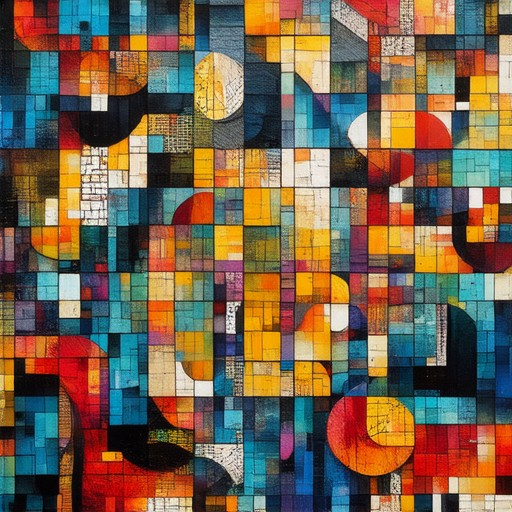
What is Considered Avant-Garde Music?
Avant-garde music is a genre of experimental music that pushes boundaries and challenges traditional compositions. It often incorporates unconventional instruments, sounds, and compositional techniques, aiming to provoke thought and emotion rather than conform to established norms. This type of music frequently blurs the lines between genres, drawing influence from jazz, electronic, and classical traditions while exploring uncharted sonic territories.
Characteristics of Avant-Garde Music
- Innovation : Avant-garde music is characterized by its innovative approach, often utilizing novel sounds, textures, and harmonic structures.
- Provocation : It frequently challenges listeners with dissonance, unusual rhythms, and unexpected shifts in melody and texture.
- Experimentation : Musicians often experiment with recording techniques, live performance methods, and the integration of visual elements.
- Boundary-Pushing : Avant-garde works often confront societal issues, political themes, or existential questions, making them deeply personal and thought-provoking.
Subgenres and Examples
- Abstract Hip Hop : Known for its intricate beats, layered samples, and poetic lyricism, abstract hip hop draws inspiration from avant-garde principles while maintaining a strong connection to urban culture.
- Explore Abstract Hip Hop
- Experimental Jazz : This subgenre pushes traditional jazz boundaries with extended improvisation, unconventional instrumentation, and radical reconfigurations of familiar motifs.
- Electronica : Avant-garde electronica often combines chaotic rhythms with manipulated vocals and found sounds, creating immersive, otherworldly experiences.
- Minimalist Music : Minimalist composers like Philip Glass and Steve Reich reduce music to its most essential elements, emphasizing simplicity and repetition to create profound emotional impact.
Impact on Listeners and Musicians
Avant-garde music can be jarring, unsettling, and intellectually stimulating. It demands active engagement from listeners, encouraging critical thinking and open-mindedness. For musicians, it serves as a creative challenge, pushing them to explore new possibilities and develop unique voices.
Notable Avant-Garde Artists
- John Zorn
- Susie Irfan
- Ornette Coleman
- KarLheinz Stockhausen
By embracing experimentation and rejecting conventional structures, avant-garde music continues to evolve, inspiring new generations of musicians and listeners alike.
Who is the famous composer of avant-garde music?
Avant-garde music is a genre characterized by its experimental and unconventional approach to composition. Several notable composers have made significant contributions to this field:
- John Cage – Known for his radical works like “Silence” and “Music for Piano,” Cage pushed boundaries by incorporating silence, chance, and non-musical elements into his compositions.
- Arnold Schönberg – A pioneer of atonal music, Schönberg’s compositions like “Erwartung” and “Five Pieces for Orchestra” laid foundational groundwork for avant-garde techniques.
- Pierre Schaeffer – Creator of Musique Concrète , Schaeffer developed tape music and explored sound manipulation, influencing many avant-garde musicians.
- Philip Glass – Renowned for minimalism, Glass’s intricate patterns and repetitions have blurred traditional musical boundaries, fitting within the avant-garde spectrum.
These composers, among others, have redefined music through their innovative approaches, continuing to inspire new generations of artists in various genres, from jazz to electronic music.
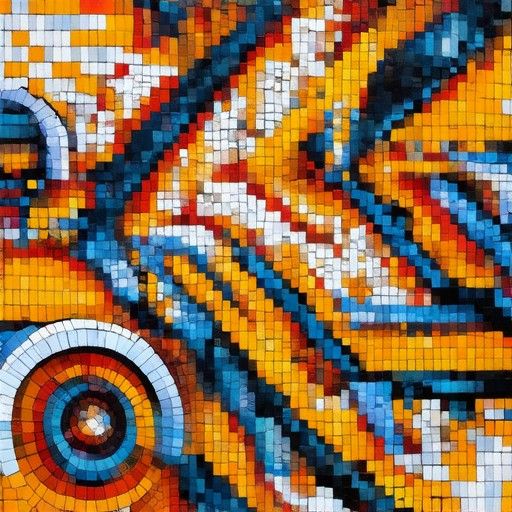
What Makes an Artist Avant-Garde?
An artist is considered avant-garde if they consistently push boundaries, challenge conventions, and introduce novel ideas or techniques in their work. This category encompasses a wide range of artistic expressions that defy traditional norms and stimulate intellectual or emotional engagement.
Key Characteristics of Avant-Garde Art
- Innovation: Avant-garde artists experiment with new techniques, styles, and mediums, often redefining what is considered art. They explore uncharted territories, blending different disciplines to create unique works.
- Originality: Their creations are distinctive and often groundbreaking, offering fresh perspectives on familiar themes or subjects.
- Exploration of New Media: They frequently utilize unconventional materials or technologies, such as performance art, multimedia installations, or interactive pieces.
- Risk-Taking: Avant-garde artists are not afraid to take creative risks, even if their work may be initially misunderstood or rejected.
- Controversy and Provocation: Their work often sparks debate or controversy due to its challenging nature, frequently addressing political, social, or moral issues.
- Interdisciplinary Influence: They draw inspiration from diverse fields, including philosophy, psychology, and science, integrating these elements into their artwork.
Historical Context and Examples
From the 19th century onwards, avant-garde movements have emerged in various artistic domains, influencing everything from painting and sculpture to music and theater. Artists like Marcel Duchamp and Jackson Pollock exemplify the avant-garde spirit through their groundbreaking contributions and willingness to provoke.
Exploring the Underground
Abstract Hip Hop serves as a platform for exploring the avant-garde within urban culture. It highlights artists who merge experimental beats, spoken word, and visual art to create unique narratives. This movement pushes boundaries, often incorporating elements of jazz, funk, and electronic music to redefine hip hop’s artistic potential.
Artistic Movements
Throughout history, avant-garde movements have reshaped artistic landscapes. From Cubism to Neo-Impressionism, each movement challenged traditional norms, fostering innovation and diversity in artistic expression. Today, these principles continue to inspire creators who aim to disrupt and redefine their fields.
Explore more about avant-garde art and its impact on contemporary culture by visiting our avant-garde art section and discovering the latest trends in experimental art forms.
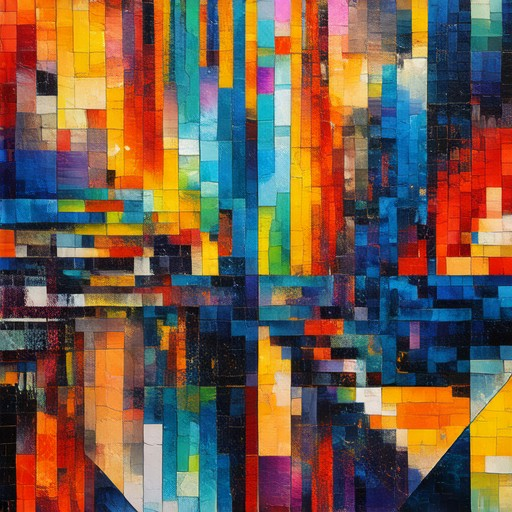
Notorious Avant-Garde Artists
The avant-garde art movement has been characterized by its rejection of conventional artistic techniques and traditions in favor of innovation and experimentation. Several artists have risen to prominence as key figures in this movement:
- Jackson Pollock – Known for his action painting technique and the creation of drip paintings, Pollock was instrumental in the development of abstract expressionism, which heavily influenced the avant-garde.
- Marcel Duchamp – A leading figure in the Dada movement, Duchamp is renowned for his “Fountain” sculpture, which challenged traditional artistic norms and sparked controversy.
- Mark Rothko – Famous for his color field paintings, Rothko’s work explores deep emotional and philosophical themes, exemplifying the avant-garde’s focus on non-representational art.
- Joan Miró – A key figure in surrealism, Miró’s biomorphic forms and fluid shapes challenge traditional perspectives, embodying the spirit of the avant-garde.
- Andy Warhol – Although often associated with pop art, Warhol’s use of mass-produced imagery and his exploration of commercial art pushed boundaries and contributed to the avant-garde.
Notable American Avant-Garde Composers
- John Milton Cage Jr. – Known for pioneering indeterminate music and electroacoustic compositions, Cage was a central figure in the post-war avant-garde. His works pushed boundaries in musical structure and notation.
- Morton Subotnick – Renowned for his innovations in tape music, Subotnick collaborated extensively with Cage and contributed significantly to experimental sound exploration.
- Steve Reich – While often associated with minimalism, Reich’s early works aligned with the avant-garde movement, blending composition and performance art.
- Henry Cow – As a founding member of the Art Zoyd collective, Cow’s experimental music and theatrical performances redefined avant-garde expression.
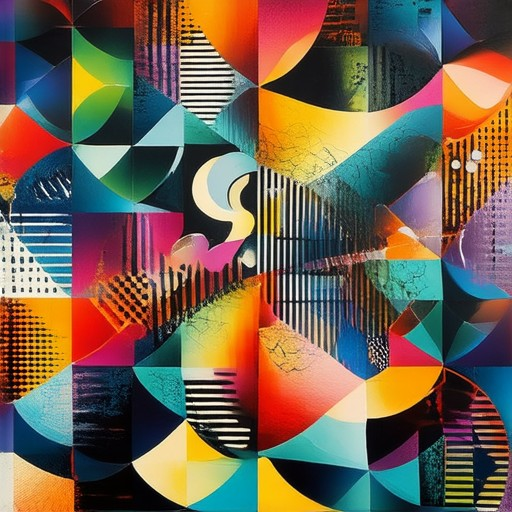
Who are the neo avant-garde artists?
The term “neo avant-garde” refers to a movement in experimental music, particularly within the abstract hip hop and jazz genres. This movement emphasizes innovation, boundary-pushing, and the exploration of new sounds and techniques. Below are some prominent artists associated with the neo avant-garde:
- The Roots : Known for their pioneering blend of live instrumentation and rap vocals, The Roots are considered foundational figures in the neo avant-garde. Their unique approach has influenced many artists in the genre.
- Janelle Monáe : Monáe is recognized for her genre-defying work, which incorporates elements of pop, R&B, and avant-garde styles. Her music often challenges traditional structures and explores themes of identity and empowerment.
- Flying Lotus : As a producer and DJ, Flying Lotus has been instrumental in merging electronic music with hip-hop and jazz influences. His work is characterized by rich, layered textures and a deep connection to the avant-garde spirit.
- Daphne D : Daphne D is a multi-disciplinary artist known for her contributions to both music and visual art. Her work in the avant-garde scene spans various mediums, showcasing her innovative approach.
- Antiballic : This band merges jazz and hip-hop elements to create a dynamic and improvisational sound. Their music reflects the spontaneity and energy typical of the neo avant-garde.
- The Cinematic Orchestra : Known for their use of found sounds and textures, The Cinematic Orchestra creates atmospheric and cinematic music that falls under the avant-garde umbrella.
- Shabazz Palindromic : Shabazz Palindromic’s work is marked by its abstract and experimental nature, with a focus on soundscapes rather than traditional song structures.
These artists collectively push the boundaries of music, incorporating elements of jazz, hip-hop, electronic, and experimental sounds to create a unique and diverse body of work. The neo avant-garde movement continues to evolve, with new artists bringing fresh perspectives and innovative approaches to the genre.

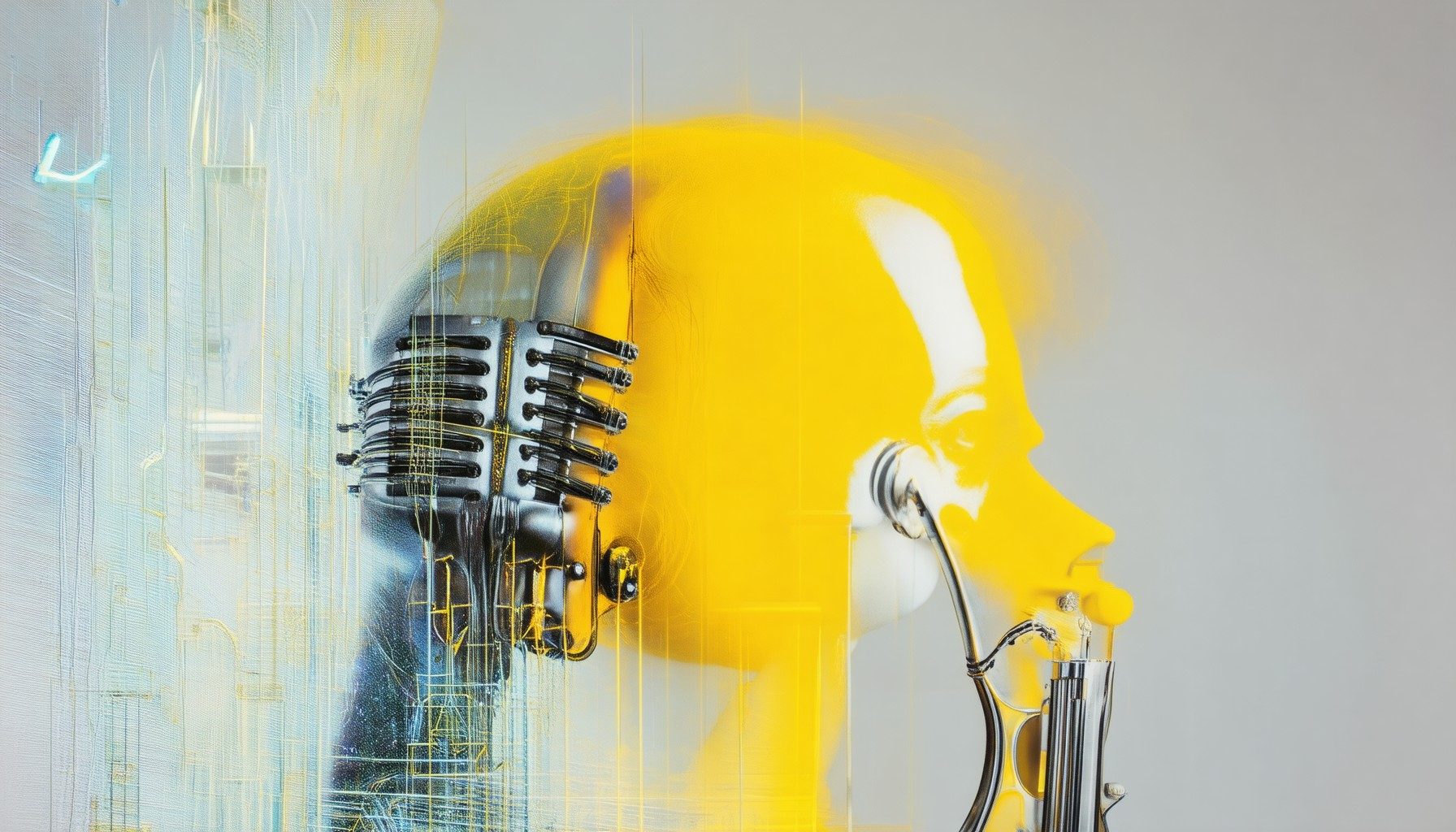
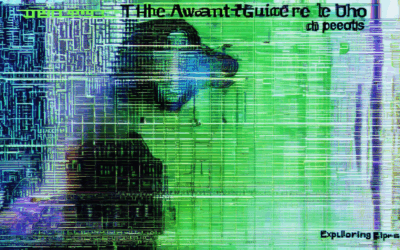
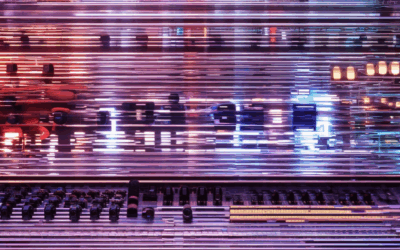
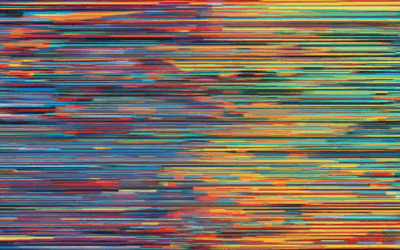
0 Comments